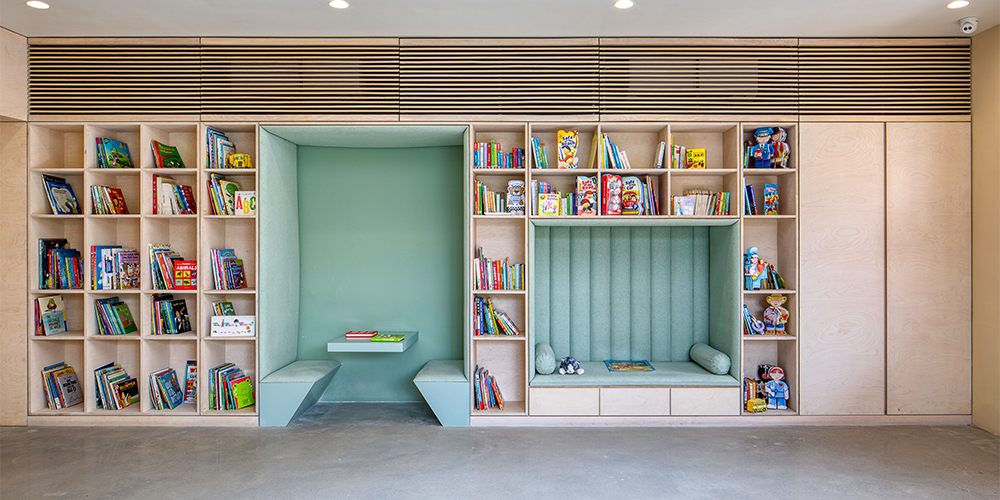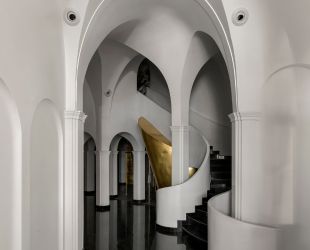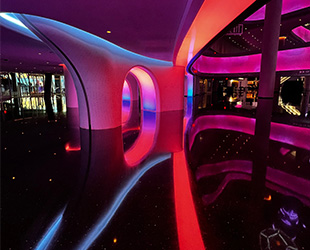Design
7 global schools and institutions in India and Dubai that encourage learning through design and architecture
JUL 11, 2024 | By Khushi Gala
From using blackboards to ebooks, from learning in open grounds to concrete buildings, our way of learning has significantly evolved over the years. Spaces where knowledge coexists with the built environment. Spaces that inspire. Spaces that encourage minds to engage with design. ELLE DECOR India unfurls a selection of schools and institutions from Aurangabad, Ahmedabad, Hyderabad, Dubai, Kolkata and Panipat that have redefined learning by the means of great design and architecture.
Library Pod, Aurangabad
In a world where society relies and seeks education through the means of technology, Rajshri Deshpande, founder, Nabhangan Foundation, initiation for Library Pod was brought into action. The pod, built under a peepal tree, utilises 17.16 sq m of space and the metal unit doubles up as a water-tight bookshelf with blackboards on the other side, perfect to take classes under the peepal tree. The metal roof was designed to shield users against the weather conditions and was also made water and dust-free using rubber gaskets as it was built in the open sky. The pod was an example of how small inventions have the biggest achievements.
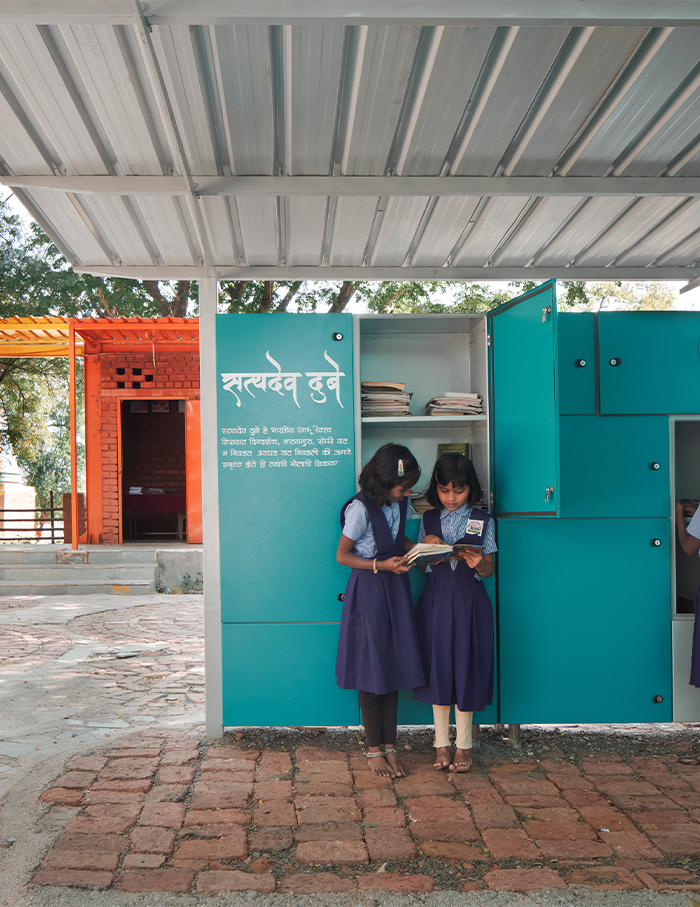

Toy Blocks, Ahmedabad
During child development, early childhood education is indeed a pivotal phase of learning, where a child’s social and cognitive fundamentals form strong roots. Principal Architect Hartmut Wurster, with his team at Blocher Partners India, designed a kindergarten focusing on the very thought and shaping a relationship between learning spaces, architecture and nature. Meet Toy Blocks, a cluster of nine cube-shaped buildings, inspired by the principles of Reggio Emilia, carved with locally sourced materials and simple lime plaster facades. The interiors portray an impressive aspect of design with the skylight bringing in plentiful daylight. As Hartmut says, “We worked with interiors derived from the principles of chromotherapy and colour psychology with themes like cosmic adventures and Lego world. These spaces incorporate ergonomic furniture creating a comfortable and safe space for the young ones.”

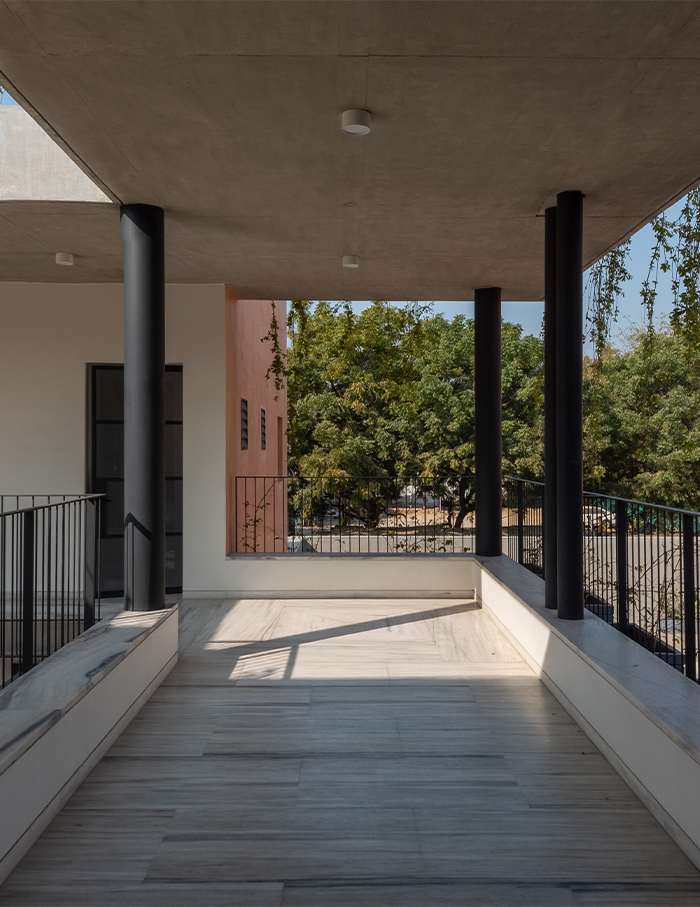
The South View School, Dubai
With the concept of conjoining engineering and architecture, the South View School was housed to educate young minds. Designed by R + D Studio, the construction of the school creates a blend of contemporary and traditional architecture exhibiting a more conventional space. The kindergarden at the base level, is next to the recreational space with an amphitheatre, whereas the upper floors cater to older children. In contrast to the belief of using a modern material palette, the design provides a balance between the old and new without alienating the experience of the local environment.
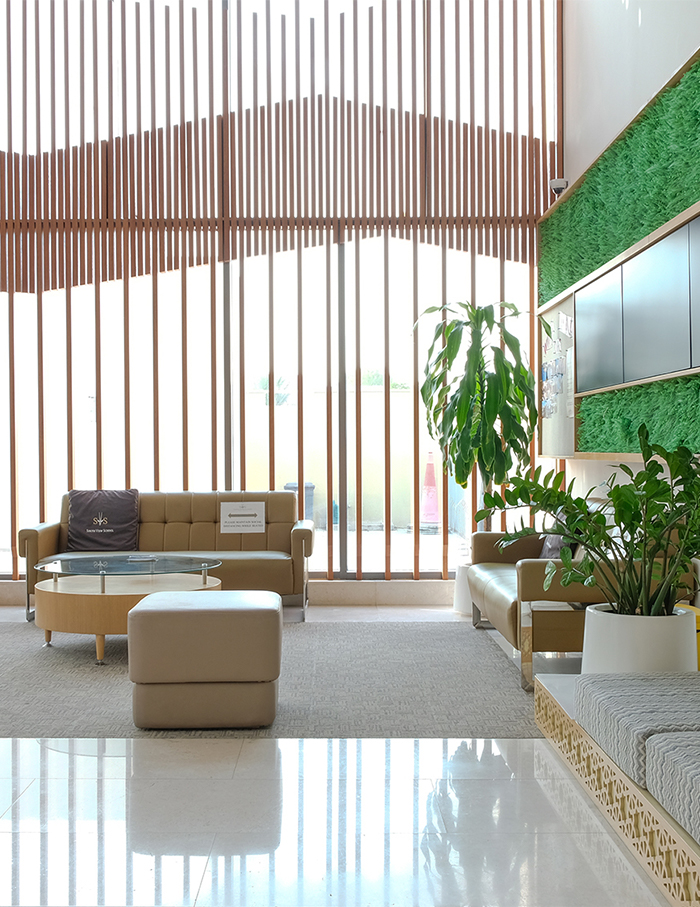
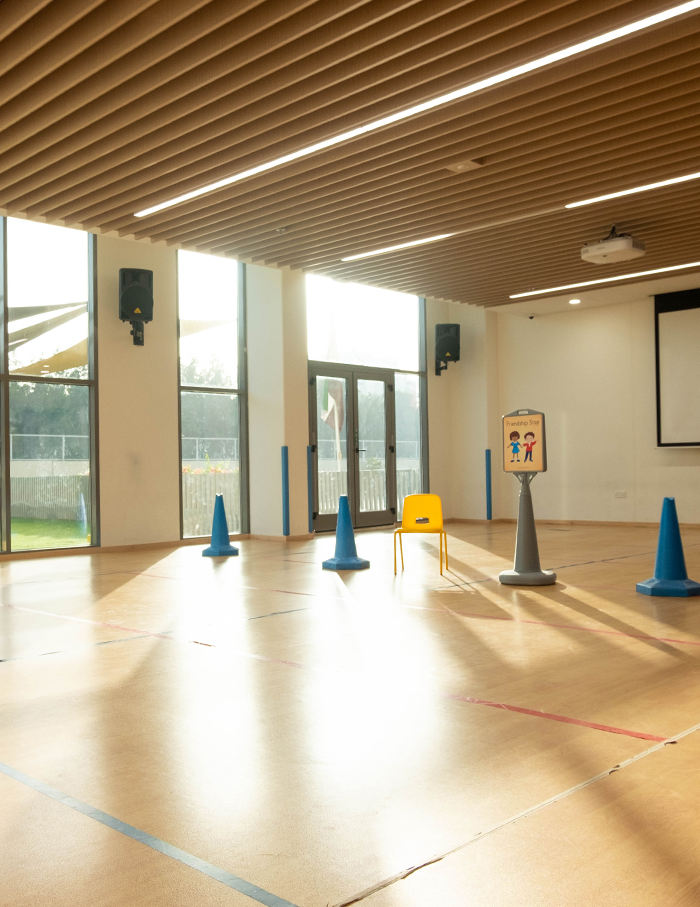
Woxsen Library, Hyderabad
Built to celebrate ideas and encourage understanding, is the Vithal Gandhi Centre, the central library, designed by Rajeev Kumar, principal architect, Designhaaus, is the Woxsen university. Spread across 70,000 sq ft is the library at the Woxsen university, a steel and concrete structure. The visible maintenance of the construction slabs overall, gives one the illusion of every space being on one level, resulting in access to more light and ventilation which reduces the use of artificial lighting and helps make the building more sustainable. Coffee shops, new age technology and reading nooks have been incorporated into the library, to encourage students to open their minds and come up with new creative ideas.


Biswa Bangla Bishwavidyalaya, West
Biswa Bangla Biswavidyalaya (BBB), is a liberal arts university situated on the outskirts of Shantiniketan, West Bengal, India. Nobel Laureate Rabindranath Tagore’s artistic, literary, and educational vision flourished here. Designed by CP Kukreja Architects, the university takes inspiration from the principles of Gurukul, an ancient Indian system of learning, set amidst nature. The auditorium symbolises the conch shell, which is one of the most significant emblems of Bengal’s culture. At its heart, the Library, reminiscent of the old town clock towers of the region, serves as a beacon of knowledge.


Architectural elements like the do-chala roof and terracotta jali were incorporated, showcasing local skills and offering employment to villagers.
The Project’s approach to ecological responsiveness was rooted in a deep understanding of the natural environment. Passive design principles were prioritised to minimise energy consumption and enhance user comfort. CP Kukreja Architects works under the gambit of a unified design process,
bringing together architects, engineers, artists and interior and landscape designers, all working collaboratively from the beginning to develop environmentally friendly structures.
Ansal School, Panipat
Nestled within the bustling urban development of Panipat is Ansal School. Its architectural design was inspired by the vision of Karan Osahan Architects, seeking to create an experiential space that promotes a high quality of life and optimal learning conditions for its students. The school’s design revolves around a stretch of planted trees and green courts, integrating solar panels and rainwater harvesting systems. It strives to minimise its environmental footprint. The architectural style is characterised by its modern and Bauhaus-inspired elements, featuring interlinked towers that exude elegance and sophistication. The layout emphasises maximising natural light penetration and promoting cross ventilation, exemplifying thoughtful school architecture in India.


Sparkrill International School, Warangal, Telangana
In a sociocultural landscape that often promotes rote learning, SJK Architects’ design for Sparkrill International School breaks the boundaries of conventional classrooms, facilitating informal and exploratory learning by leveraging nature and the built environment as educators. Located 150 km from Hyderabad, Sparkrill aims to foster creativity and exploration. The 28-acre campus includes academic blocks, arts and dining facilities, sports areas, staff quarters and a hostel for 200 students.
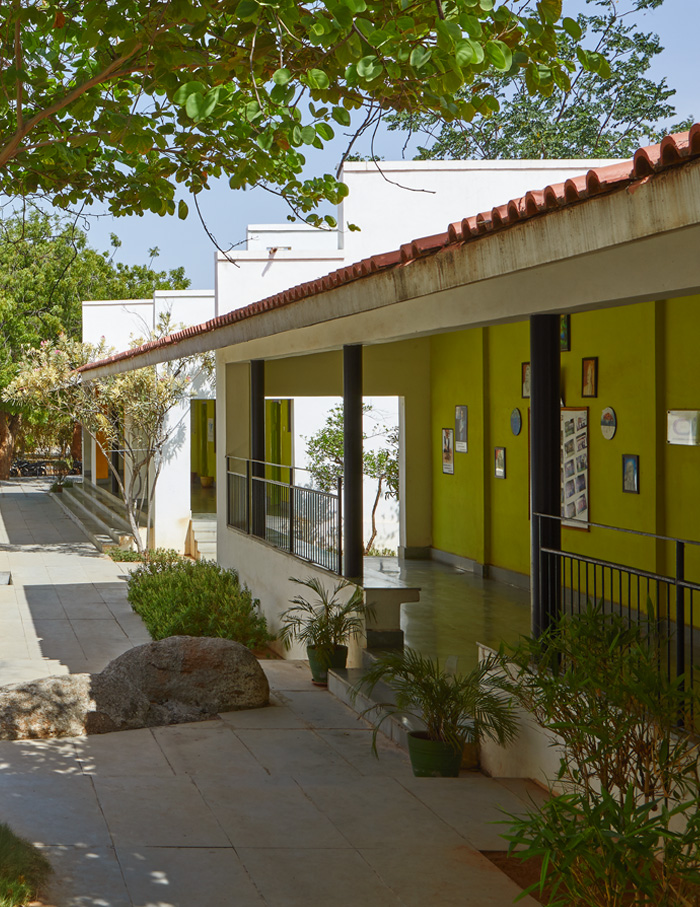
The design emphasises walkability and integrates natural features like rock formations and water channels, creating inviting, safe public spaces such as a cricket field and water harvesting pond. Indoor spaces use passive design strategies for natural light and ventilation, ensuring comfort without air conditioning. Sustainable practices are integral within the space, including natural ventilation, rainwater harvesting and a kitchen garden to teach sustainability. This design not only supports educational goals but also promotes environmental awareness among students.

You may also like: Architecture of simplicity? Tadao Ando reveals his Australian debut at MPavilion 10 in Melbourne






